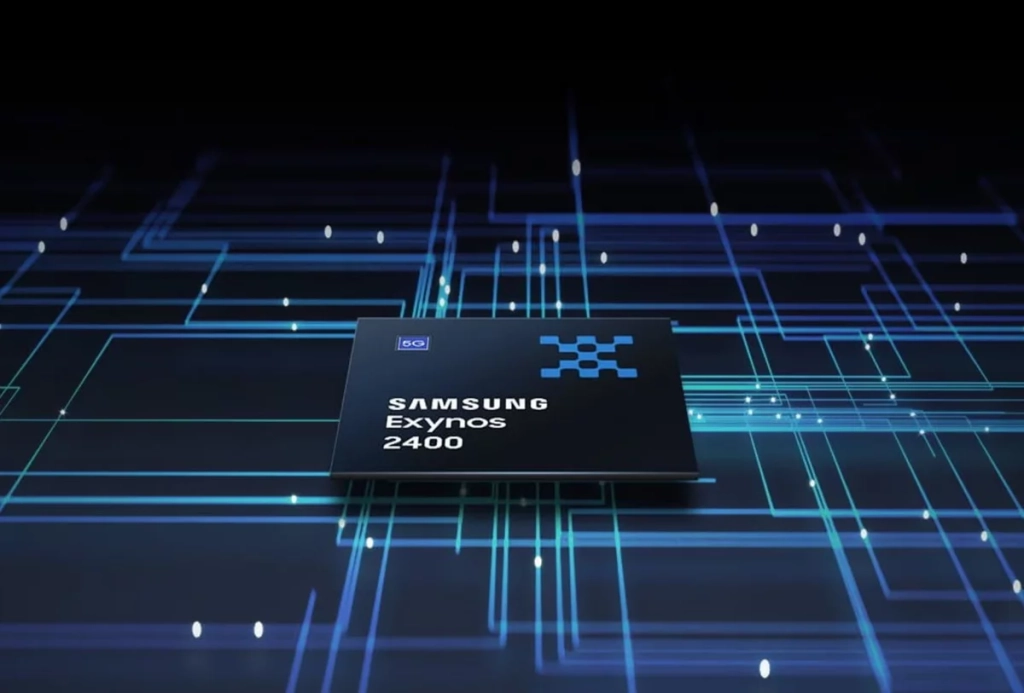The US isolates China from the rest of the semiconductor world in terms of modern chip manufacturing. The short-term damage is enormous.

The US Department of Commerce has imposed the toughest sanctions to date on the Chinese semiconductor industry. They largely prevent US and US-related companies from working with Chinese manufacturers and lead to the migration of many engineers. What happened to Huawei in 2020 could just flourish for the entire Chinese semiconductor industry.
The US Department of Commerce announced the new export controls on October 7, 2022, and fully implemented them by October 12. They primarily apply to US companies – but since the semiconductor industry is globally networked and practically everything uses a bit of US technology, companies such as ASML from the Netherlands and TSMC from Taiwan also adhere to the restrictions. Especially in times of Chinese aggression, Taiwan tries to win the sympathy of the USA, which promises military support in return.
Massive restrictions lead to isolation
With the new trade restrictions, the USA is restricting the sale of high-performance chips and other components to Chinese companies on the one hand and their production on the other. Since these points are roughly formulated, the world market leader TSMC is said to no longer tape out for Chinese companies for the time being. This means that companies can no longer send chip designs to TSMC to have them manufactured there.
In addition, cooperation with Chinese manufacturers such as the chip contract manufacturer SMIC and the memory manufacturer Yangtze Memory Technologies (YMTC) is practically completely prevented. According to this, US companies and those who use US technology are no longer allowed to work with Chinese chip manufacturers if their semiconductor plants produce one of the following chip categories:
- Logic chips (e.g. processors) with 3D transistors (like FinFETs or GAAFETs) and a structure width of 16 nanometers or finer
- DRAM chips with a structure width of 18 nanometers or finer
- NAND flash memory with 128 layers or more
SMIC is mass-producing with 14/12 nm technology and already has a running 7 nm process for small chips. YMTC is China’s largest memory manufacturer with 128-layer NAND flash devices. Both companies rely on equipment and design tools from US companies Applied Materials and Lam Research, as well as ASML, among others. Even before that, ASML was not allowed to sell lithography systems with extreme ultraviolet (EUV) exposure technology to Chinese companies – there were rumors in the summer about an upcoming expansion to all lithography systems.
National security
The US cites risks to national security and foreign policy interests as justification. In particular, the construction of supercomputers for the Chinese military should be prevented. Exception licenses are said to be difficult to obtain.
Undersecretary of Commerce for Industry and Security said, “As I told Congress in July, my number one goal at the Bureau of Industry and Security is to ensure that we are doing everything we can to protect our national security and… prevent sensitive technology with military applications from being acquired by the military, intelligence and security services of the People’s Republic of China.”
US citizenship is at stake
In addition to the restrictions on chip contract manufacturing, a new regulation meets China’s efforts to advance domestic semiconductor production: US nationals are no longer allowed to support the development or production of chips at certain semiconductor plants located in China. U.S. citizenship may be revoked for violations.
At the moment there are no known exceptions, which is why all connections are cut first. According to the South China Morning Post, engineers have therefore left China in large numbers – whether they were employed by companies like SMIC themselves or were on site on behalf of US companies like Applied Materials. ASML has sent out an internal memo at its US offices, urging all employees to stop all direct and indirect contact with Chinese companies.






Leave a comment